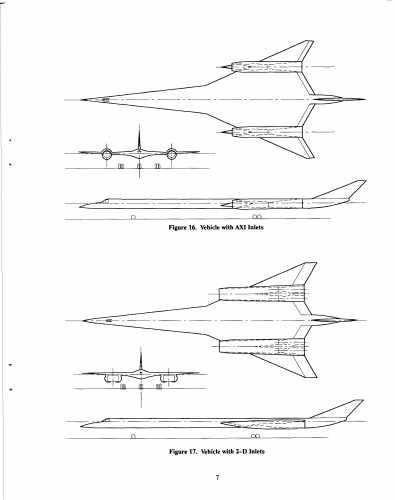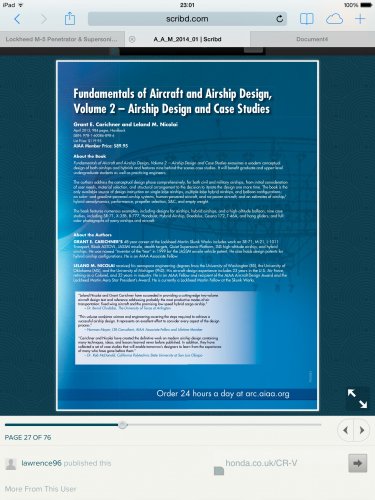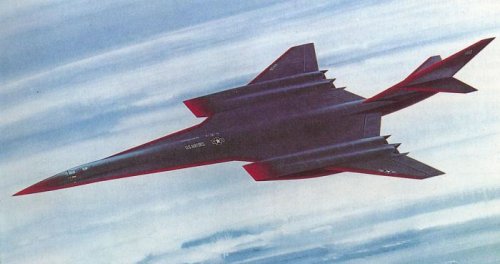shockonlip
ACCESS: Top Secret
- Joined
- 29 January 2008
- Messages
- 605
- Reaction score
- 43
Indeed SOC.
I took the title I called NASA about from a different AIAA paper that indicated some of these
M5 Penetrator study papers, but did NOT have any classification status on them. They were
just normal references you see in a AIAA paper.
When the archivist/librarian looked them up, they must have come up as posted
above, becase she suddenly got upset and said these should not even be mentioned
in the paper I was reading.
I suspect they are still classified. But I will try again given mr_london_247's earlier post.
In the meantime, I found another paper on the M5 Turboramjets for this Locheed M5
Methane study in the 1991 ISABE Proceedings last night. I will post the title this evening.
I took the title I called NASA about from a different AIAA paper that indicated some of these
M5 Penetrator study papers, but did NOT have any classification status on them. They were
just normal references you see in a AIAA paper.
When the archivist/librarian looked them up, they must have come up as posted
above, becase she suddenly got upset and said these should not even be mentioned
in the paper I was reading.
I suspect they are still classified. But I will try again given mr_london_247's earlier post.
In the meantime, I found another paper on the M5 Turboramjets for this Locheed M5
Methane study in the 1991 ISABE Proceedings last night. I will post the title this evening.



